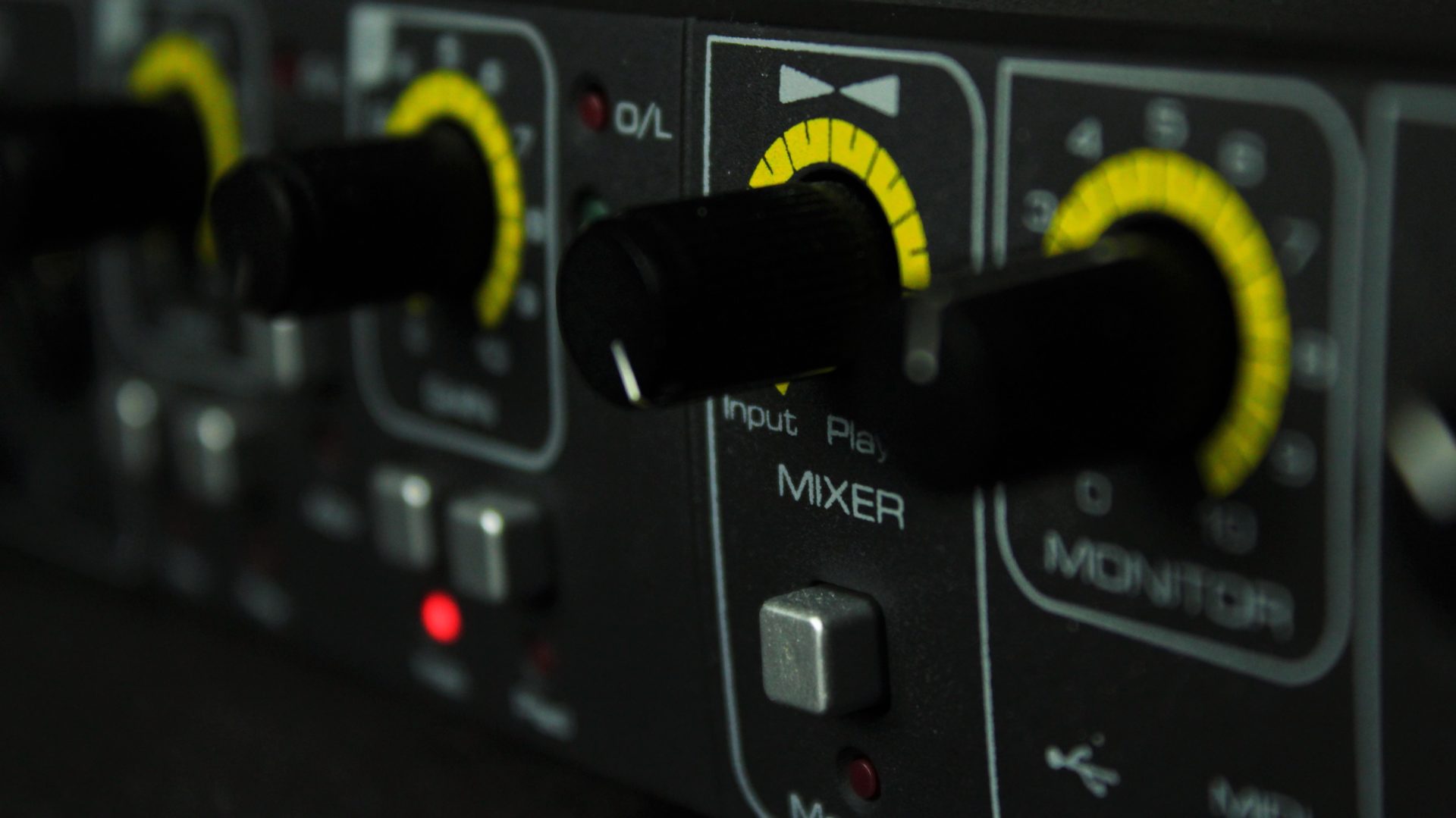Three BIG Reasons to Mix at Low Levels
Don’t you just love the feeling and excitement your new song generates, especially when you crank up the volume? Everything sounds so much more exciting and powerful at louder volumes. As you turn up the speakers, you can hear everything more clearly and defined. Why bother to mix at low levels at all?
This exactly is the problem, if you want your mixes to stand against the pro mixes out there, it’s essential to mix at low levels. It’s not as exciting, it’s not as glamorous, but it will make you get better results. Here are the three big reasons why you should mix at lower level.
Reason one
The reason number one is that your ears are fooled by loud levels. Your mix feels instantly more powerful, better and full of energy when you turn the speakers up. Sadly, in reality your mix might actually lack energy and power. By keeping the volume at moderate level, you hear tracks as they are. If there’s no energy in the mix, it doesn’t sound like it. This way you don’t get fooled by the volume, and you can concentrate on making the right choices.

At low levels you hear balance issues more precisely. You notice if the vocals or drums are too loud or if you can’t hear something clearly enough. It’s simply easier to hear things at lower levels. Partly because bass frequencies tend to overpopulate the mix as you crank up the volume. They seem louder than they really are. By listening with low levels, you put yourself on top of the mix. It’s not just running around helplessly in a huge mess – you’re in control.
Reason two
The second reason to mix at low levels is to avoid the room reflections from the walls. The louder you turn up the volume, the more you hear reflections mixed with the sound of your speakers. This causes you to make bad mixing decisions. You see, reflections from the walls boost certain frequencies so you end up cutting way too much of them.
You’ve probably heard that you have to acoustically treat your room before you can do pro mixes. Acoustic panels on the walls and on the ceiling at least. Well, if you listen at low levels, you’ll get away with no (or just a little) acoustic treatment. You don’t have to have the perfect acoustics in your room to mix and get great results.
Reason three
The third and final reason is that, as you’re mixing with lower levels, you save your ears and time. There’s no need to keep so many breaks, as your ears can work longer with lower volume. Ears burn down pretty quickly – like you wouldn’t believe.
When your ears get tired, there’s no point to mix any longer. You can’t really separate frequencies anymore, everything becomes a blurry, annoying sounding chaos. All you can do is take a break. I can’t tell you how many times I’ve spent way too long a time mixing without breaks with too loud levels, just trying to get the mix right. The next morning I had to start fixing the bad decisions I had made the night before. Great time usage indeed.

Bonus reason to mix at low levels
The bonus that comes with mixing at low levels, is that you don’t destroy your ears. You protect your hearing. In fact, when you expose your ears to loudness too long, your hearing suffers. Moreover, you might even get tinnitus (ringing in your ears). Now that’s a pain in the ass – I can tell you that from experience.
I’ve been in loudness way too many times way too long and I didn’t use earplugs at concerts when I was younger. At one point it got so bad, I nearly couldn’t sleep and the ringing was driving me crazy. Luckily it’s gotten a bit better and I can keep it under control by protecting my hearing. You might want to take care of your ears. Once the damage is done, there’s practically nothing you can do. There’s no cure for tinnitus, not at the moment at least.
I know it’s tempting to gradually turn up the volume, but do yourself a favour and try to resist it. Remind yourself, that you need to mix at low levels to get the best possible outcome. If possible, set a listening limit to your DAW, audio interface or speakers when you’re mixing. Stop yourself from unconsciously turning the volume up. Trust me, you are going to make so much better mixing decisions when you’re not cranking up the levels.
Last words
Add mixing in mono to your workflow and you’re way ahead most musicians making music at home. Altough you should mix at low volumes, switch speakers and volumes to “reset” your ears every now and then. Once the mix is almost done, you can and should check how everything sounds with louder volume.
I hope this was helpful to you. Be sure to download my completely free guide 5 Steps to Create Music Faster to learn more. Leave a comment below if you are already mixing at low levels or if you’re going to give it a go.
